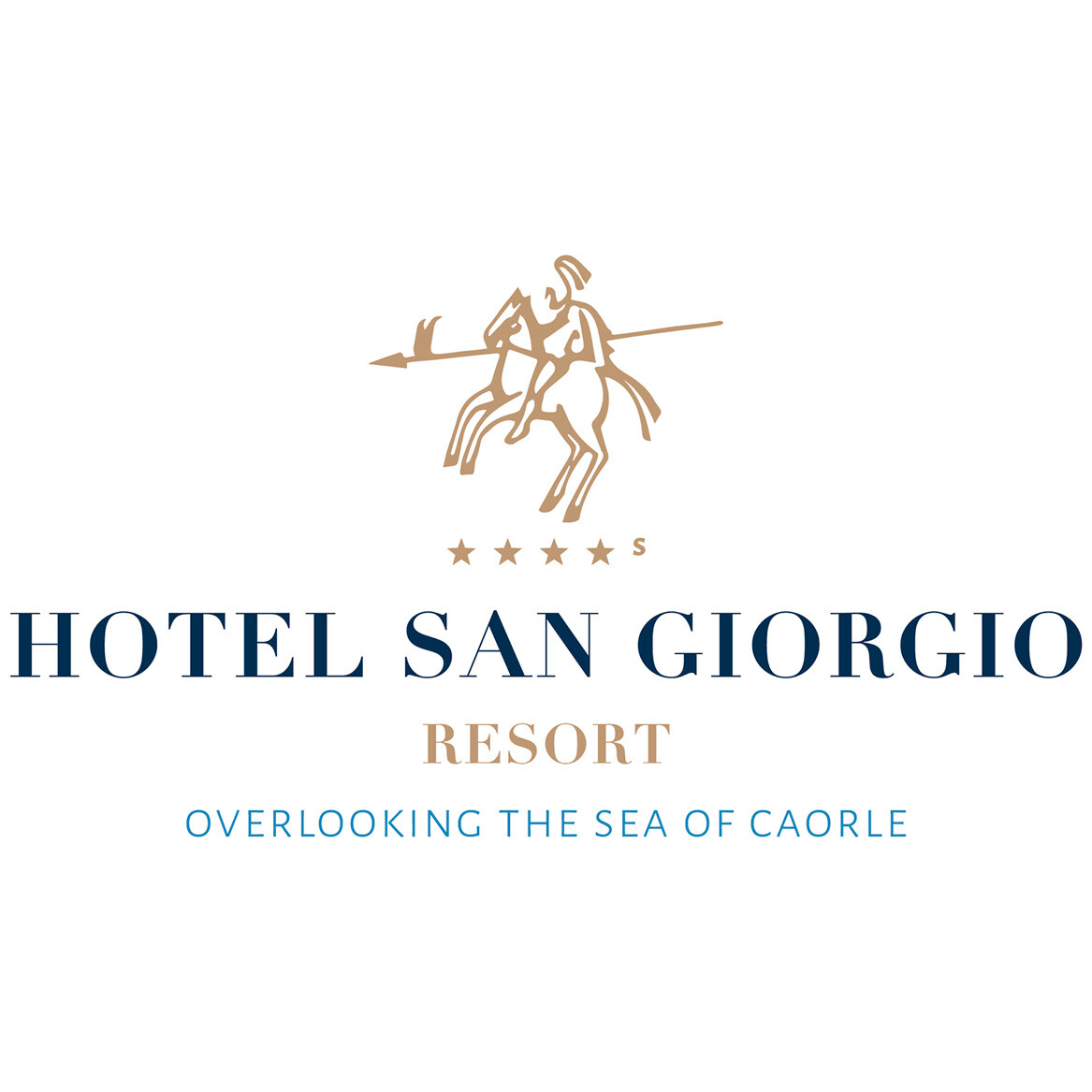venice
Venice is a city in northern Italy, the capital of the region Veneto, a population of 271,367 (census estimate January 1, 2004). The name is connected with the people known as the Veneti, perhaps the same as the Eneti. The meaning of the word is uncertain. Connections with the Latin verb 'venire' (to come) or (Slo)venia are fanciful. A connection with the Latin word venetus, meaning 'sea-blue', is possible.
While there are no historical records that deal directly with the origins of Venice, the available evidence has led several historians to agree that the original population of Venice comprised refugees from Roman cities such as Padua, Aquileia, Altino and Concordia (modern Portogruaro) who were fleeing successive waves of Germanic invasions and Huns. Some late Roman sources reveal the existence of fishermen on the islands in the original marshy lagoons. They were referred to as incola lacunae (lagoon dwellers).
From the ninth to the twelfth century Venice developed into a city state (an Italian thalassocracy or Repubblica Marinara, the other three being Genoa, Pisa, and Amalfi). Its strategic position at the head of the Adriatic made Venetian naval and commercial power almost invulnerable. The city became a flourishing trade center between Western Europe and the rest of the world (especially the Byzantine Empire and the Islamic world). The Republic of Venice seized a number of locations on the eastern shores of the Adriatic before 1200, mostly for commercial reasons, because pirates based there were a menace to trade.
 The principal square of Venice is Piazza San Marco (often known in English as St Mark's Square). The Piazza originated in the 9th century as a small area in front of the original St Mark's Basilica. It was enlarged to its present size and shape in 1177, when the Rio Batario, which had bounded it to the west, and a dock, which had isolated the Doge's Palace from the square, were filled in. The rearrangement was for the meeting of Pope Alexander III and the Emperor Frederick Barbarossa. The Piazza has always been seen as the centre of Venice. It was the location of all the important offices of the Venetian state, and has been the seat of the archbishopric since the 19th century. It was also the focus for many of Venice's festivals. It is a greatly popular place in Italy even today.
The principal square of Venice is Piazza San Marco (often known in English as St Mark's Square). The Piazza originated in the 9th century as a small area in front of the original St Mark's Basilica. It was enlarged to its present size and shape in 1177, when the Rio Batario, which had bounded it to the west, and a dock, which had isolated the Doge's Palace from the square, were filled in. The rearrangement was for the meeting of Pope Alexander III and the Emperor Frederick Barbarossa. The Piazza has always been seen as the centre of Venice. It was the location of all the important offices of the Venetian state, and has been the seat of the archbishopric since the 19th century. It was also the focus for many of Venice's festivals. It is a greatly popular place in Italy even today.

While there are no historical records that deal directly with the origins of Venice, the available evidence has led several historians to agree that the original population of Venice comprised refugees from Roman cities such as Padua, Aquileia, Altino and Concordia (modern Portogruaro) who were fleeing successive waves of Germanic invasions and Huns. Some late Roman sources reveal the existence of fishermen on the islands in the original marshy lagoons. They were referred to as incola lacunae (lagoon dwellers).
From the ninth to the twelfth century Venice developed into a city state (an Italian thalassocracy or Repubblica Marinara, the other three being Genoa, Pisa, and Amalfi). Its strategic position at the head of the Adriatic made Venetian naval and commercial power almost invulnerable. The city became a flourishing trade center between Western Europe and the rest of the world (especially the Byzantine Empire and the Islamic world). The Republic of Venice seized a number of locations on the eastern shores of the Adriatic before 1200, mostly for commercial reasons, because pirates based there were a menace to trade.
 The principal square of Venice is Piazza San Marco (often known in English as St Mark's Square). The Piazza originated in the 9th century as a small area in front of the original St Mark's Basilica. It was enlarged to its present size and shape in 1177, when the Rio Batario, which had bounded it to the west, and a dock, which had isolated the Doge's Palace from the square, were filled in. The rearrangement was for the meeting of Pope Alexander III and the Emperor Frederick Barbarossa. The Piazza has always been seen as the centre of Venice. It was the location of all the important offices of the Venetian state, and has been the seat of the archbishopric since the 19th century. It was also the focus for many of Venice's festivals. It is a greatly popular place in Italy even today.
The principal square of Venice is Piazza San Marco (often known in English as St Mark's Square). The Piazza originated in the 9th century as a small area in front of the original St Mark's Basilica. It was enlarged to its present size and shape in 1177, when the Rio Batario, which had bounded it to the west, and a dock, which had isolated the Doge's Palace from the square, were filled in. The rearrangement was for the meeting of Pope Alexander III and the Emperor Frederick Barbarossa. The Piazza has always been seen as the centre of Venice. It was the location of all the important offices of the Venetian state, and has been the seat of the archbishopric since the 19th century. It was also the focus for many of Venice's festivals. It is a greatly popular place in Italy even today.

Back






